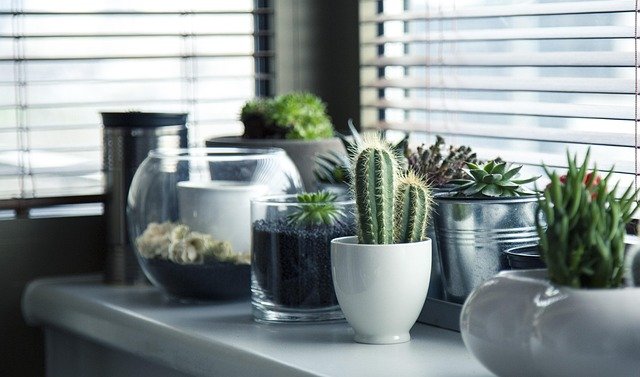The Allure of Bioluminescent Indoor Gardens
Imagine stepping into your living room at night, only to be greeted by a soft, ethereal glow emanating from your plants. This isn't science fiction—it's the cutting-edge world of bioluminescent indoor gardens. As homeowners seek ever more unique and captivating ways to bring nature indoors, this fascinating fusion of biology and design is taking root in avant-garde interiors across the globe.

The Science Behind the Glow
Bioluminescence, the production and emission of light by living organisms, is a phenomenon that has long fascinated scientists and nature enthusiasts alike. In the wild, it’s observed in various species, from fireflies to deep-sea creatures. Now, through advancements in genetic engineering and plant biology, this captivating trait is being introduced to common houseplants.
The process involves introducing genes from bioluminescent organisms into plant DNA. These modified plants produce luciferin, a light-emitting compound, and luciferase, the enzyme that catalyzes the light-producing reaction. The result is a plant that glows softly in the dark, creating a magical ambiance without the need for artificial lighting.
Cultivating Your Luminous Eden
Creating a bioluminescent indoor garden requires careful planning and expertise. While the technology is still in its early stages, pioneering companies are beginning to offer genetically modified seeds and seedlings to the public. These plants often include modified versions of familiar species like petunias, tobacco plants, and even small trees.
Caring for bioluminescent plants isn’t vastly different from tending to their non-glowing counterparts. They still require proper light, water, and nutrients. However, special consideration must be given to their unique properties. For instance, the intensity of their glow can be influenced by factors such as the plant’s health, the time of day, and even the ambient temperature.
Designing with Living Light
Incorporating bioluminescent plants into interior design opens up a world of creative possibilities. These living light sources can serve as stunning focal points, create atmospheric lighting, or complement existing decor schemes. Designers are experimenting with various arrangements, from glowing terrariums to luminous living walls.
One popular approach is to create contrast by pairing bioluminescent plants with dark, matte surfaces. This amplifies the ethereal quality of the plants’ glow, creating a striking visual impact. Another trend involves using these plants in unexpected places, such as bathrooms or hallways, to add an element of surprise and wonder to often-overlooked spaces.
The Psychological Impact of Bioluminescent Spaces
Beyond their aesthetic appeal, bioluminescent indoor gardens may offer psychological benefits. The soft, natural glow produced by these plants can create a calming atmosphere, potentially reducing stress and promoting relaxation. Some enthusiasts report improved sleep quality when surrounded by the gentle radiance of their living nightlights.
Moreover, the novelty and beauty of these glowing gardens can spark joy and wonder, enhancing overall well-being. As we spend more time indoors, particularly in urban environments, bioluminescent plants offer a unique way to reconnect with nature and bring a sense of magic into our daily lives.
Challenges and Considerations
While the concept of bioluminescent indoor gardens is undeniably alluring, it’s not without its challenges. The technology is still in its infancy, which means availability is limited and costs can be high. Additionally, there are ongoing discussions about the ethical implications and potential environmental impacts of genetically modified plants.
Maintenance can also be more complex than with traditional houseplants. The genetic modifications that allow for bioluminescence may affect the plants’ hardiness or lifespan, requiring more attentive care. Furthermore, as with any new technology, long-term effects on human health and the environment are still being studied.
The Future of Illuminated Interiors
As research progresses and technology advances, we can expect to see more diverse and robust bioluminescent plant options entering the market. Scientists are working on enhancing the brightness and color range of these living light sources, potentially allowing for customizable hues to suit different moods or occasions.
The integration of bioluminescent plants with smart home technology is another exciting frontier. Imagine plants that respond to voice commands, changing their glow intensity or even their color. This merger of nature and technology could revolutionize how we think about home lighting and interior ambiance.
In conclusion, bioluminescent indoor gardens represent a fascinating intersection of science, nature, and design. As this innovative approach to home decor continues to evolve, it promises to transform our living spaces into enchanting, living light shows. While challenges remain, the allure of cultivating our own personal galaxies of glowing flora is undeniably strong, heralding a new era in the art of bringing nature indoors.





